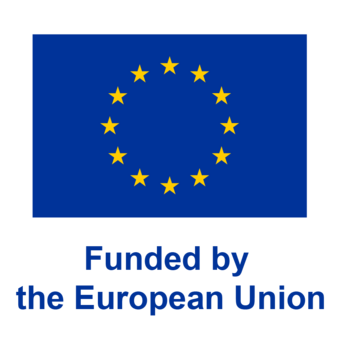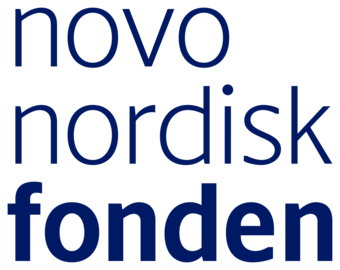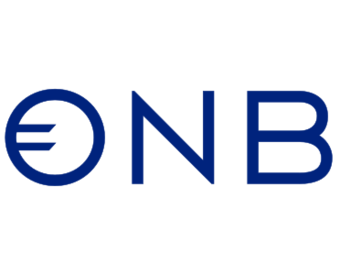Assoc.Prof. Priv.Doz. Dr. Julia Schwarzenberg

Posttraumatic stress disorder (PTSD) in adolescents is a debilitating disorder. Biological factors are increasingly being recognized as indicators of onset, intensity and chronicity of symptoms. Numerous biological systems are impacted by PTSD, often in a supposedly bidirectional way. Hence, there's a growing focus on identifying variables that account for individual variations in stress reactions and their responses to interventions. Results of previous studies conclude that adolescent PTSD displays unique neurodevelopmental substrates which could diminish recovery or represent a focus in the context of adolescent neuroplasticity to enhance outcomes. Whether and how current treatments address these targets remains an open question. Thus, it is of importance to understand PTSD neurobiology to a more profound extent and extend biological research on intervention strategies. Our lab aims to address these topics by means of linking clinical care with biomarker research. This should help to inform the creation of algorithms to improve treatment stratification, with the future goal of improving treatment outcomes by personalized treatment choices.
Focal points of interest
The present study aims to assess psychological and brain activity based biological features indicative of treatment responses in a cohort of children, aged 6 to 12 years, with Posttraumatic Stress Symptoms. The naturalistic study design, entailing evidence based psychotherapeutic treatment, will enable to assess general and GABA specific mechanisms by which fear spreads and leads to overgeneralization, one of the main characteristics of PTSD.
In addition, a collaboration with Moritz Grosse-Wentrup will allow for integrating assessed psychological and biological features into statistical models of treatment response.
Technical proficiency and instrumentation
The suggested research is embedded in a specialized outpatient clinic for trauma and stress in childhood and adolescence. The clinic’s team combines members with track records in multimodal biological procedures assessing the impact of stress, psychotherapists and teaching therapists, who will contribute to implementation and supervision of psychotherapeutic treatment procedures. Members of the clinic have undergone training in evidence-based psychotherapeutic interventions and have a long-standing track record in treating children and adolescents by psychopharmacological interventions.
Aspirations for the next 5 years
The suggested research aims at increasing a mechanistic understanding of the pathology and pathogenesis of PTSD which is currently hampered by extensive heterogeneity within diagnostic categories that are subjectively defined. An aspiration for the next 5 years concerns the translation of potential future findings into the improvement of clinical interventions, both in terms of psychotherapy as well as potential psychopharmacological considerations.
References
- Post-traumatic Stress Disorder and the Developing Adolescent Brain. Cisler JM, Herringa RJ. Biol Psychiatry. 2021 Jan 15;89(2):144-151. doi: 10.1016/j.biopsych.2020.06.001.
- Using fMRI connectivity to define a treatment-resistant form of post-trauma)c stress disorder. Etkin A, Maron-Katz A, Wu W, Fonzo GA, Huemer J (=Schwarzenberg J, contributed equally as first author), Vértes PE, Patenaude B, Richiardi J, Goodkind MS, Keller CJ, Ramos-Cejudo J, Zaiko YV, Peng KK, Shpigel E, Longwell P, Toll RT, Thompson A, Zack S, Gonzalez B, Edelstein R, Chen J, Akingbade I, Weiss E, Hart R, Mann S, Durkin K, Baete SH, Boada FE, Genfi A, Autea J, Newman J, Oathes DJ, Lindley SE, Abu-Amara D, Arnow BA, Crossley N, Hallmayer J, Fossa) S, Rothbaum BO, Marmar CR, Bullmore ET, O'Hara R. Sci Transl Med. 2019 Apr 3;11(486):eaal3236. doi: 10.1126/scitranslmed.aal3236.
- Post-traumatic stress disorder: clinical and translational neuroscience from cells to circuits. Ressler KJ, Berretta S, Bolshakov VY, Rosso IM, Meloni EG, Rauch SL, Carlezon WA Jr. Nat Rev Neurol. 2022 May;18(5):273-288. doi: 10.1038/s41582-022-00635-8





